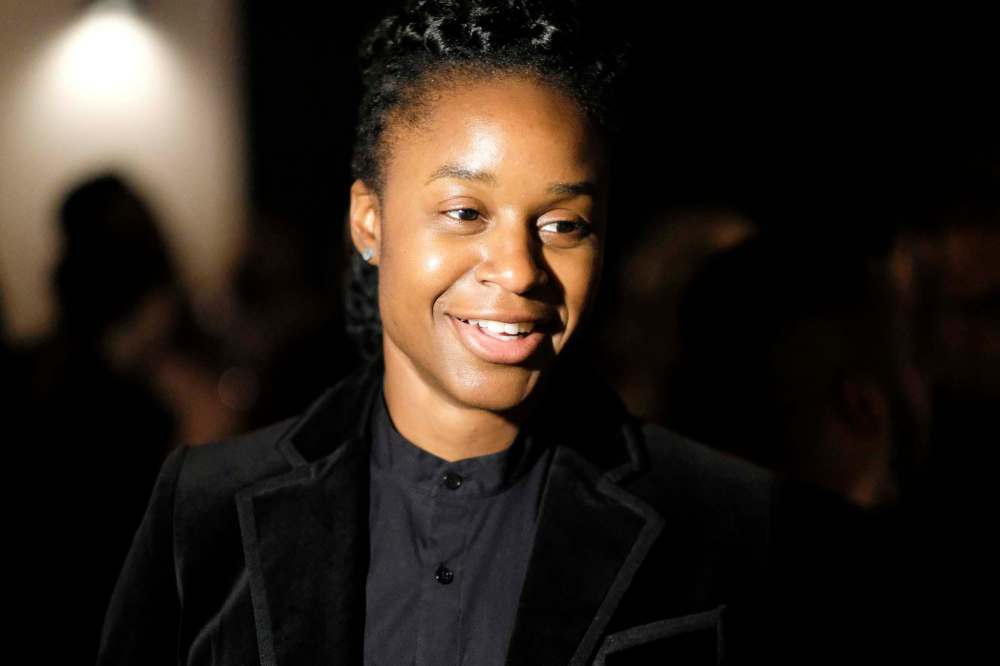MLA diversity improves, but more needed
Read this article for free:
or
Already have an account? Log in here »
To continue reading, please subscribe:
Monthly Digital Subscription
$0 for the first 4 weeks*
- Enjoy unlimited reading on winnipegfreepress.com
- Read the E-Edition, our digital replica newspaper
- Access News Break, our award-winning app
- Play interactive puzzles
*No charge for 4 weeks then price increases to the regular rate of $19.00 plus GST every four weeks. Offer available to new and qualified returning subscribers only. Cancel any time.
Monthly Digital Subscription
$4.75/week*
- Enjoy unlimited reading on winnipegfreepress.com
- Read the E-Edition, our digital replica newspaper
- Access News Break, our award-winning app
- Play interactive puzzles
*Billed as $19 plus GST every four weeks. Cancel any time.
To continue reading, please subscribe:
Add Free Press access to your Brandon Sun subscription for only an additional
$1 for the first 4 weeks*
*Your next subscription payment will increase by $1.00 and you will be charged $16.99 plus GST for four weeks. After four weeks, your payment will increase to $23.99 plus GST every four weeks.
Read unlimited articles for free today:
or
Already have an account? Log in here »
Hey there, time traveller!
This article was published 04/10/2019 (2251 days ago), so information in it may no longer be current.
In journalism, it is often hard to figure out when you should congratulate someone for making progress in addressing a problem, or criticize them for not making enough progress. The issue of diversity in the Manitoba legislature is one of those instances.
There is an argument to be made that the roster of MLAs returned by the recent general election is among the most diverse in Manitoba history. The first three black MLAs ever elected in this province — Tory Audrey Gordon and New Democrats Uzoma Asagwara and Jamie Moses — now sit proudly in the legislature. Asagwara is also Manitoba’s first gender non-conforming MLA.

But the move to diversity does not stop there. According to a Free Press survey of all 57 winning MLAs, there are also 15 women in the legislature, an increase of one over the pre-election configuration, and the assembly will be measurably younger with a median age of 49 years old, down from 54.5 years in the last session.
However, this is where the cause of diversity begins to stall. The Progressive Conservative government currently features only four women out of 13 cabinet positions, and all are Caucasian. While the legislature on the whole may be evolving, the roster of those who have their hands on the levers of power remains stuck in a very traditional, very Caucasian context.
The real concern — and the one that mitigates the progress we’ve made — is that while Manitoba is becoming one of the most diverse provinces in Canada, the changes we see in the general population are just not being reflected quickly enough in the Manitoba legislature.
In 2017, Statistics Canada forecast that Manitoba may become the first majority non-white province in the country. A steady inflow of immigrants and just-as-steady increase in the Indigenous population are combining to shrink the portion of our population that identifies as Caucasian. Currently, close to 40 per cent of all Manitobans identify themselves as other than Caucasian, and demographers believe it will only continue to increase.
Even when party leaders publicly pledge to increase the number of women and minorities who are nominated to run in an election, we still end up with a majority of white men on the ballot and in the upper echelon of the political arm of government.
Why has the makeup of the legislative assembly lagged behind? Just as the culture and mechanisms of partisan politics have conspired against women for generations, so too do they work to keep people of colour from seeking elected public office.
Political parties — from the executive level on down through the boards of electoral districts — are dominated by white men who, thanks to human nature, are completely comfortable promoting and supporting candidates who look like them. Even when party leaders publicly pledge to increase the number of women and minorities who are nominated to run in an election, we still end up with a majority of white men on the ballot and in the upper echelon of the political arm of government.
The sheer force of demographics will always nudge things along. But at some point, political leaders are going to have to be much more aggressive and deliberate in literally changing the face of their parties if elected officials are ever to more closely mirror the broader communities they serve.
So, yes, let’s celebrate the advances in diversity that we’ve made in the constitution of the Manitoba legislative assembly. But let’s ensure that the huzzahs and confetti cannons do not obscure the fact that there is a lot more work to be done before we can truly claim success.
History
Updated on Monday, October 7, 2019 1:18 PM CDT: Corrects reference to gender non-conforming.










